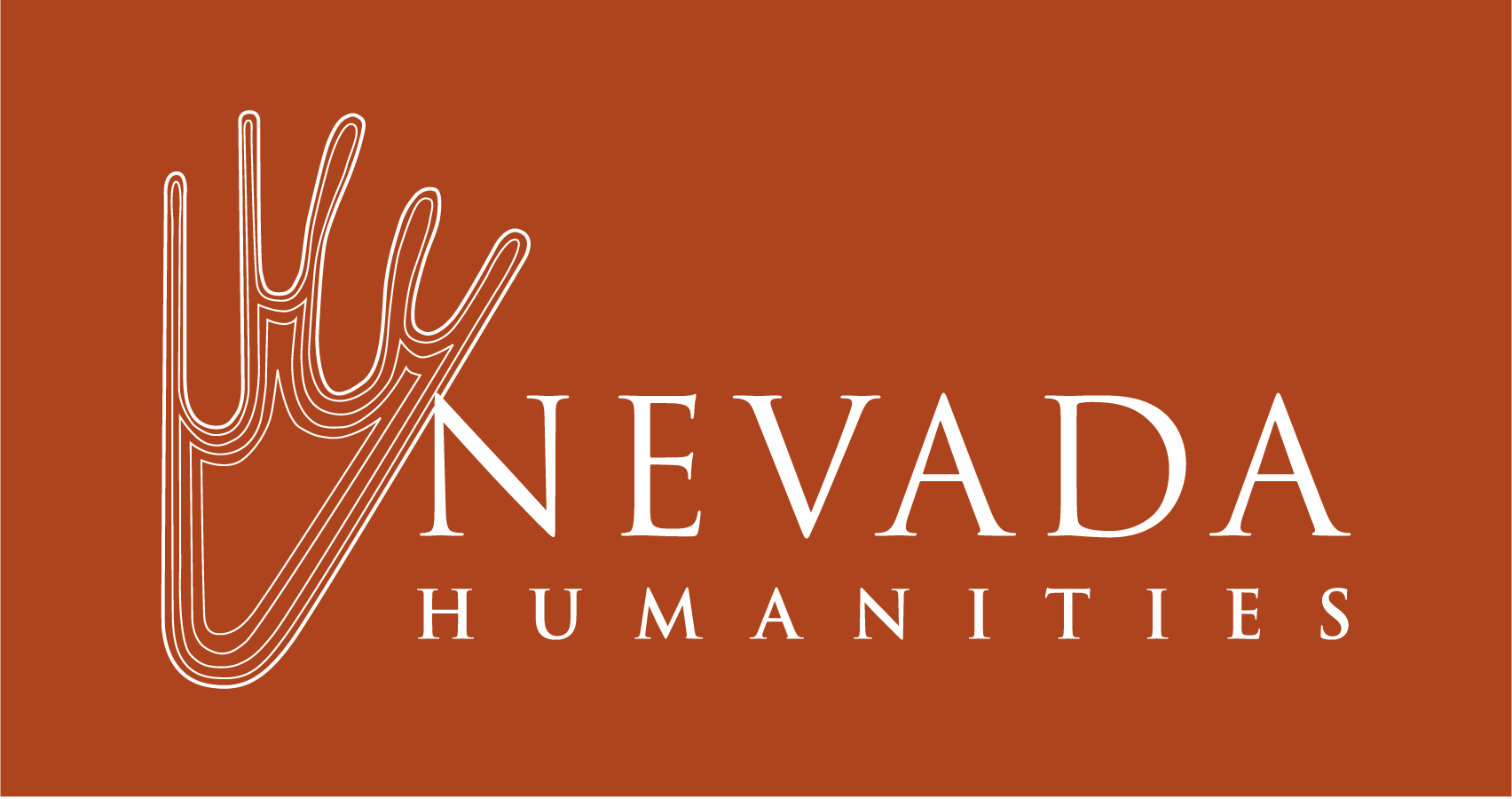Border Being
By Lydia Huerta
The current political moment has made the physical border between the US and Mexico a protagonist with a life all of its own. In some cases, the news of the militarization, the violence, the migrant detention camps, the family separations, and the most recent targeted shooting of Mexicans in El Paso seem to make the border into a scene from a forthcoming apocalypse.
However, the US/Mexico borderlands (San Diego/Tijuana, Calexico/Mexicali, El Paso/Ciudad Juarez, Laredo/Nuevo Laredo, McAllen/Reynosa, Brownsville/Matamoros—to name a few) are filled with thriving communities and pulsating hearts. These cities are filled with storytellers that show us how border residents defy the constraints put on them by the existing fence, by oppressive policies, and by metering tactics limiting the number of asylum petitioners. These spaces have an abundance of artivists who are covering public spaces with urban art that stirs even the most distracted of bystanders.
In Ciudad Juarez near the Zaragoza border bridge crossing, you can see something that from a distance that resembles a peace sign emerging from the dry and dusty ground. As you get closer, the V shaped structure reveals a U.S. school bus cut in half and buried into a bed of cement. The hot air surrounding it weaves in and out from the crevices, the tires, and door handle. There is a snake graffitied onto the sides of this bus in the tradition of bright purple and green Aztec designs. The rooftops of each half of the bus are also painted. They show the duality of the border; the historical present; and the possibilities of a future. On one side two masks pay homage to the indigenous peoples and those that came after. On the other side a migrant man with arms open embraces the sky. It is not an accident that this monument adequately titled “Border Being” and created by the urban artist known simply as Yorch, stands tall at the intersection of a highway, in the liminal border between the wide-open stillness of the dusty desert and the cement clad noisy roads.
People stop here, at the intersection before the border crossing. They take pictures, they climb the bus, jump across the small barrier made by the placement of the bus rooftops, they celebrate their community, they laugh, they pose, and they admire the stories that this monument unfolds for them. For some it’s a feat of civil engineering, for others a symbol of the maquila industry and an homage to the primary mode of transportation of many residents in Ciudad Juarez. For others, it embodies the intricacies, the contradictions, the tensions, and the vacillations of a border being.
On Saturday, September 14 the Nevada Humanities Literary Crawl presents the opportunity to come learn from Felicia Pérez, Vicente Zavala, Anthony Martínez, and me about this and other forms of activism, organizing, and storytelling from the queer Latinx community that are happening in the spaces between the local/national/and international.
Lydia Huerta Moreno, Ph.D. is an Assistant Professor of Gender, Race, and Identity and Communication at the University of Nevada, Reno. She is a feminist decolonial interdisciplinary scholar. Her work focuses on the ethics of representation in cultural narratives centered on migration, human rights, violence, and race and gender in film and social media. Specifically, she studies the power of representations in shaping affects and moral attitudes in Latinx, Mexican, and Brazilian cultural studies.


